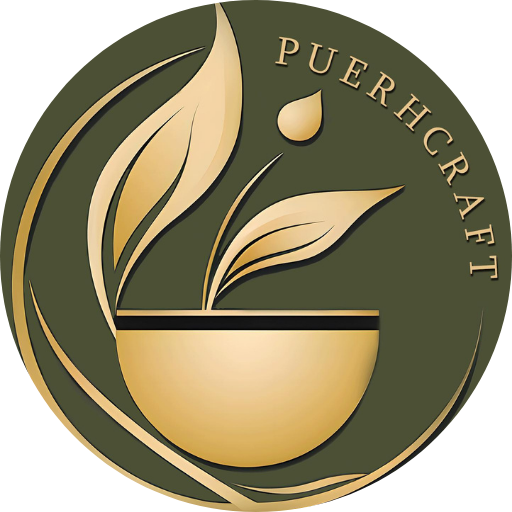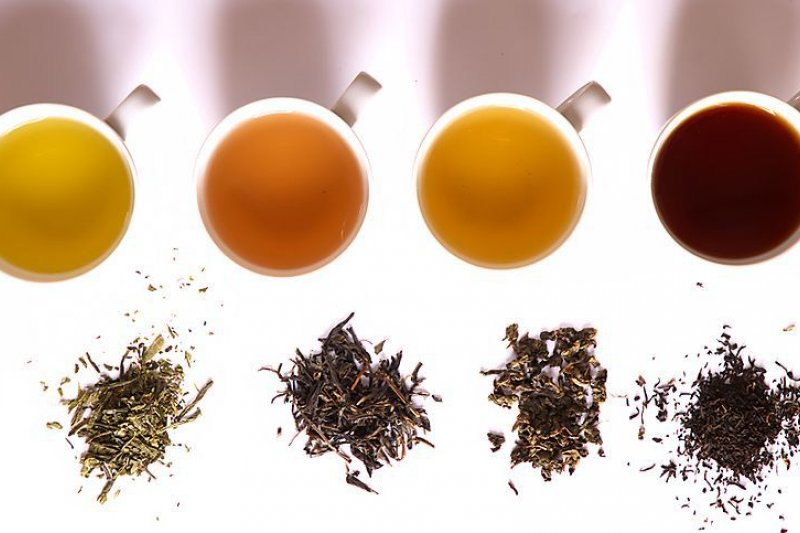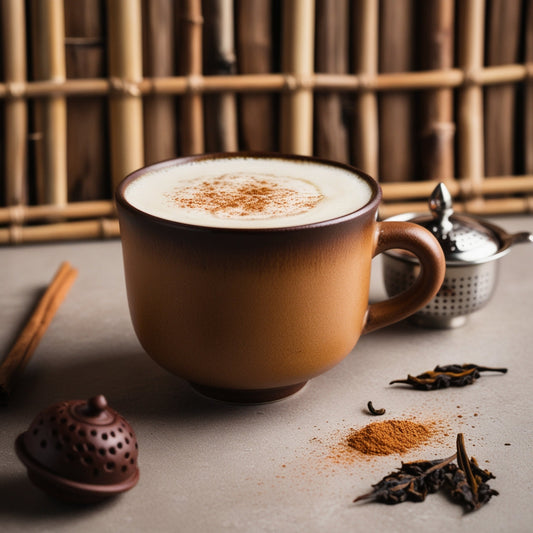Overview
Have you ever considered how adding flowers to your tea can transform its taste and health benefits?
Flowers in tea have been cherished for centuries across different cultures. They are loved not only for their great aroma and flavours but also for their natural healing properties. However, you could also try Pearls in Tea also. Whether you want to relax, improve digestion, or boost your immune system, flowers in tea offer a variety of benefits. In this article, we talk about what flowers in tea are, their health benefits, how to make them, and more.
Table of Contents
- Introduction
- What Are Flowers in Tea?
- Health Benefits of Flowers in Tea
- How to Make Flowers in Tea at Home
- Possible Health Risks of Flowers in Tea
- Where to Buy High-Quality Flowers in Tea
- How Much Do Flowers in Tea Cost?
- Best Flowers in Tea for Different Tastes
- How to Adjust the Flavour of Flowers in Tea
- Conclusion
Introduction
For centuries, people around the world have used flowers in tea for their health benefits, relaxation, and cultural traditions. Ancient civilizations, like those in China and Egypt, believed in the healing power of flowers in tea. Today, they remain popular because of their natural benefits, great taste, and ability to enhance the tea-drinking experience.
What Are Flowers in Tea?
Flowers in tea, also known as flower infusions, are made by steeping dried or fresh flower petals, buds, or blossoms in hot water. Unlike traditional teas from the Camellia sinensis plant, flower teas are usually caffeine-free and offer a wide variety of flavours. Popular choices include chamomile, hibiscus, lavender, rose, and chrysanthemum, each with its own unique taste and health benefits.
Popular Types of Flowers in Tea
- Chamomile – Known for its calming and sleep-inducing properties.
- Hibiscus – Offers a tart, cranberry-like taste and is packed with antioxidants.
- Lavender – Promotes relaxation and helps reduce stress.
- Rose – Delicate and fragrant, often used to support skin health.
- Chrysanthemum – Refreshing and slightly sweet, commonly used in Chinese medicine.
- Jasmine – Known for its floral aroma and ability to boost mood.

Health Benefits of Flowers in Tea
Drinking flowers in tea can provide several health benefits, including:
- Relaxation and Stress Relief – Chamomile and lavender help calm the mind and improve sleep quality.
- Better Digestion – Hibiscus and rose aid digestion and reduce bloating.
- Rich in Antioxidants – Many flower teas fight free radicals, protecting your body from damage.
- Reduces Inflammation – Chrysanthemum and calendula soothe the body and support immunity.
- Supports Heart Health – Hibiscus tea lowers blood pressure and improves circulation.
- Skin and Hair Care – Rose and jasmine teas provide vitamins that keep skin hydrated and hair strong.
Studies show that Hibiscus tea also aids in cancer prevention.
How to Make Flowers in Tea at Home
Making flowers in tea at home is simple and enjoyable. Follow these easy steps:
- Pick Your Flowers – Choose fresh or dried organic flowers that are free of chemicals.
- Boil Water – Heat water to around 90-95°C (194-203°F) to bring out the best flavours.
- Steep the Flowers – Place the flowers in a cup or teapot, then pour in the hot water. Let them steep for 3-5 minutes.
- Add Extras – Enhance the flavor with honey, lemon, or other natural ingredients.
- Strain and Drink – Remove the petals and enjoy your refreshing tea.
Possible Health Risks of Flowers in Tea
Although flowers in tea offer many benefits, it's important to be mindful of the following:
- Allergic Reactions – If you're allergic to pollen, flower teas may trigger reactions.
- Medication Interactions – Hibiscus tea lowers blood pressure and may interfere with certain medications.
- Pregnancy Warnings – Some flower teas aren't safe for pregnant or breastfeeding women. Always consult a doctor before drinking them.
- Excess Consumption – Drinking too much flower tea may cause minor digestive discomfort.
Where to Buy High-Quality Flowers in Tea
For the best flowers in tea, purchase from specialty tea stores, organic markets, or trusted online retailers. Look for:
- Certified organic labels to avoid pesticides.
- Transparent ingredient lists for purity.
- Loose-leaf options for better freshness and taste.
How Much Do Flowers in Tea Cost?
The price of flowers in tea varies depending on several factors:
- Rarity – Rare flowers like blue lotus cost more than common ones.
- Processing – Handpicked and carefully dried flowers tend to be pricier.
- Branding – Premium packaging increases costs, but buying in bulk is more affordable.
- Seasonal Availability – Some flowers are harder to find during certain times of the year.
Best Flowers in Tea for Different Tastes
Choosing the right flowers in tea depends on your personal preference. Here are some recommendations:
- For Relaxation – Chamomile or Lavender.
- For a Refreshing Taste – Hibiscus or rose.
- For an Earthy Flavour – Chrysanthemum or marigold.
- For a Sweet, Floral Touch – Jasmine or osmanthus.
How to Adjust the Flavour of Flowers in Tea
If flowers in tea taste too strong for you, try these simple adjustments:
1. Mixing
Mix with Other Teas Combine flower teas with green or black tea to enhance the flavour and create a more complex taste experience.
2. Add Flavours
Incorporate citrus fruits like lemon or orange for a refreshing twist and a brighter flavour.
3. Experiment with Blends
Try mixing different flowers to create a balanced and unique tea blend suited to your taste.
4. Use Natural Sweeteners
Enhance the smoothness of flower teas by adding honey or other natural sweeteners.

Conclusion
Flowers in tea provide a delightful combination of flavour and health benefits. Whether you're looking for relaxation, better digestion, or a refreshing new drink, flowers in tea are a wonderful alternative to traditional teas. While many people enjoy floral infusions, if you're looking for a rich, complex tea experience, consider trying Pu-erh tea.
At Puerh Craft, we specialize in high-quality Pu-erh tea that offers deep, earthy flavours and incredible aging potential. If you're looking for an authentic tea experience, explore our Pu-erh tea collection and elevate your tea-drinking journey today.
Q&A Section
Q1: Can I drink flowers in tea every day?
A1: Yes, flowers in tea are usually safe for daily drinking. Just make sure to enjoy them in moderation to avoid any possible side effects.
Q2: Do all flowers in tea have no caffeine?
A2: Most flowers in tea are naturally caffeine-free, but some blends include green or black tea, so it’s good to check the label.
Q3: Can I mix different flowers in tea?
A3: Yes. Combining flowers like chamomile and lavender or hibiscus and rose can create tasty and unique blends.






